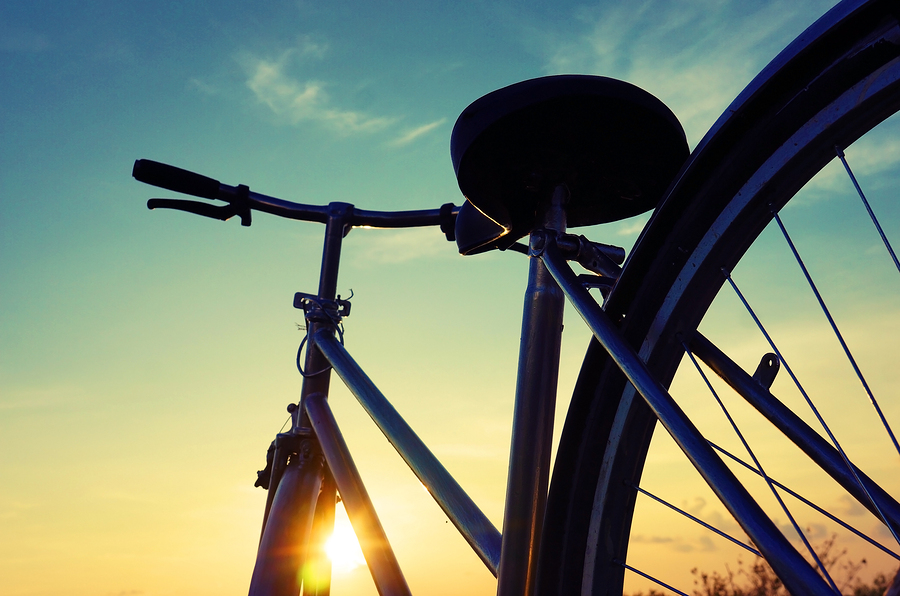I heard such exciting news this morning! A well-known drone company, Auto-Fly, and a major bicycle manufacturer, Trekker, have teamed up to make a self-driving bicycle.
The new device has pedals and seat much like a conventional bike, but the steering and braking are handled by electronic and mechanical devices based on recreational drone technology.
What's exciting about this? Soon I'll be riding my bike to work! Imagine, the only obstacle to riding my old-fashioned bike is ... obstacles.
With the new drone-bike, I set my destination on my phone, hop on my bike, and pedal. The bike navigates the streets of Manhattan, veers around taxis and pedestrians, and stops at traffic lights. In fact, it obeys all traffic rules, another advantage over conventional bicycles.
Flying drones are tightly restricted in high-density areas such as New York, at least partly because of safety and privacy concerns. But bicycles are much less regulated (children ride bicycles, after all), and cycling fitness is all the rage here.
Self-driving cars, too, raise serious safety concerns, but the manufacturers of the new bike report they have not faced opposition to their new technology so far. The new bike has many of the same limitations of a conventional bike — it can go only as fast as the human rider can pedal it, and it is not allowed on highways or sidewalks, and is therefore programmed not to ride in those places.
Limitations of the New Technology
All is not perfect, as is usually the case with the first version of new technology. The new bike has no automatic way to speed up, so if the pedaler doesn't keep up with traffic flow, the bike will pull to the side of the road. And, a cyclist being overtaken by a taxi has only muscle power to get herself out of the way. Designers say they regard this as a fitness incentive feature.
Because of the added navigation, steering, security, and weather-proofing equipment added to the frame of the bicycle, it weighs about double a conventional road bike, adding to the workout the cyclist receives. Imagine riding your grandmother's childhood bike uphill — maybe your great-grandmother's.
The bike has 24 gears, and the rider can opt for manual or automatic shifting, so can increase her workout over what the bike would give by default, another big plus in the get-in-shape column for this first version. Designers report they are collecting data on how much this feature is used, in order to determine whether it will be continued in the next model.
What if you'd like to steer your own bike? The current model doesn't allow much manual steering. It's quite hard to maneuver the model into a tight spot such as an elevator or slot in a garage while dismounted. The manufacturer's website has descriptions and illustrations of suggested upper-body workouts to help with these activities.
Future
I see a whole new employment area opening up, bicycle messengers with visual impairments. There's no reason why a fleet of these self-driving bicycles can't deliver documents, small packages, and meals in cities, all with riders trained for efficient, courteous service and with an astonishing fitness level!
Ordering Information
The collaboration between these high-tech giants offers this excellent product only through their website, and only on April 1.
Editor's Note: If you're looking for more special one-day posts, here's a post about the Canine Translator.
